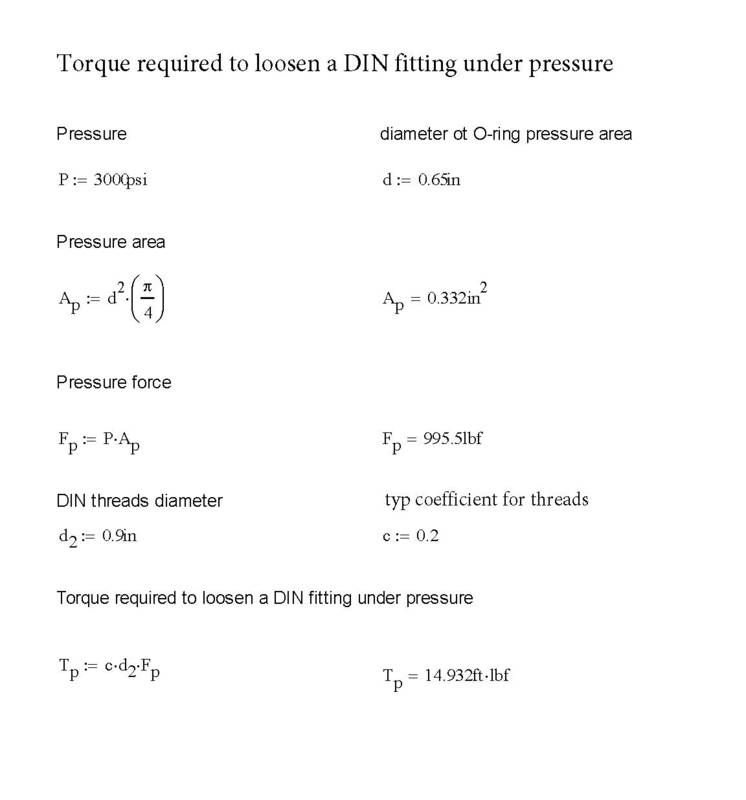- Messages
- 20,805
- Reaction score
- 15,537
- # of dives
- I'm a Fish!
I had assumed that these plugs were there to protect the threads and keep the valve from getting knocked out of round, not for containing air.
you can use them for that, but if that is the case, just put the yoke adapter plugs in there. They are used in tech diving to keep high He mixes in the tanks since they like to seep past the valve over time





